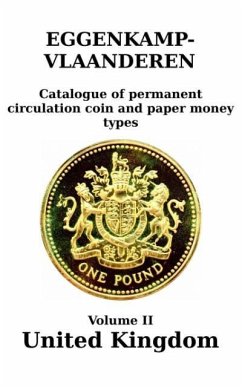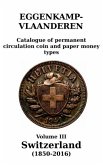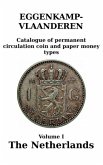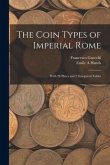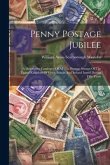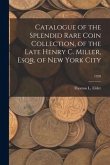The period of modern numismatics (since about 1800) is perhaps the most interesting ever. Within this period different types of standards (silver, gold, bimetallic) alternated, and periods of sometimes impressive inflation occurred, resulting in alternate use of metallic (coins) and paper (treasury notes, banknotes) money. In this series of books it is aimed to develop a scientific classification of the different appearances of circulating money (both coins and different types of paper and polymer money) in one system. It focuses purely on permanent circulation money to avoid incorporation of modern commemorative coins that are in many instances hardly seeing any circulation. The currency described in this series is classified according to a newly developed classification scheme, that is based on four levels: i) The nominal value, ii) The first year a new coin or paper money series is issued, iii) The year of a specific issue and iv) variations of specimens within a year. As the catalogues in this book series are type catalogues they focus on the first two levels of this classification only. This second volume describes the circulation coin and paper money types from the United Kingdom, more specifically England and Wales, that was issued between 1816 and 2016. That concerns all normal circulation money that circulated in the country since the great recoinage of the British coined money in 1816. It describes the coins and paper money stricktly in increasing nominal value from the lowest (the half farthing coin) to the highest (the 100 Million Bank of England Titan note). During the reporting period the Pound as British denomination was never redominated, haver it was decimalised on in 15 February 1971. Before that date the Pound was devided in 20 shillings of 12 pence each, after that date in 100 (new) pence. Unlike most other catalogues the pre-decimal and the decimal coins are not in separated sections as the coins are stricktly catalogued in order of increasing nominal value.

